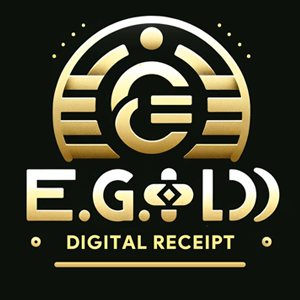Table of Contents
- Understanding Blockchain’s Impact on Gold Investments
- The Evolving Gold Investment Landscape in 2025
- Gold Tokenization: An Emerging Investment Revolution
- Enhancing Gold Supply Chain Transparency with Blockchain
- Smart Contracts in Gold Transactions: A Game Changer
- Exploring Gold-Backed Cryptocurrencies in the Digital Economy
- How Blockchain Is Transforming Gold Trading Platforms
- Strengthening Security in Gold Investments with Blockchain
- Decentralized Finance (DeFi) Meets Gold: A New Era
- Environmental Impacts of Blockchain in the Gold Industry
- Regulatory Changes and Challenges in Blockchain-Based Gold Investments
- Blockchain-Powered Gold ETFs: The Next Investment Frontier
- Streamlining Cross-Border Gold Transactions with Blockchain
- Using Blockchain and Gold for Portfolio Diversification
- Frequently Asked Questions About Blockchain and Gold Investments
Understanding Blockchain’s Impact on Gold Investments
Blockchain technology is revolutionizing the gold industry, offering unprecedented transparency, security, and efficiency. By leveraging blockchain, the gold market is adapting to the demands of a digital economy, enabling innovative investment opportunities and operational improvements.
The Evolving Gold Investment Landscape in 2025
Gold remains a cornerstone of wealth preservation. Its historical value as a safe haven asset continues to attract investors. However, challenges such as lack of transparency in the supply chain and inefficiencies in trading are being addressed through blockchain integration.
Gold Tokenization: An Emerging Investment Revolution
Tokenization involves representing physical gold as digital tokens on a blockchain. This allows for fractional ownership, global trading, and easier access for retail investors. Platforms like PAX Gold and Digix are leading this transformation, enabling investors to own gold without handling the physical metal.
Enhancing Gold Supply Chain Transparency with Blockchain
Blockchain ensures end-to-end traceability in the gold supply chain. From mining to refining to final ownership, blockchain records each step in an immutable ledger, helping prevent fraud, conflict gold, and unethical practices.
Smart Contracts in Gold Transactions: A Game Changer
Smart contracts automate gold transactions, ensuring that ownership transfers, payments, and compliance are executed seamlessly without intermediaries. This reduces transaction costs and enhances trust.
Exploring Gold-Backed Cryptocurrencies in the Digital Economy
Gold-backed cryptocurrencies combine the stability of gold with the flexibility of digital assets. Tokens like Tether Gold (XAUT) and PAX Gold are gaining popularity, offering investors a stable yet liquid alternative to traditional gold.
How Blockchain Is Transforming Gold Trading Platforms
Emerging gold trading platforms leverage blockchain to enable 24/7 trading, reduce fees, and provide instant settlement. Blockchain-powered platforms also support cross-asset trading, allowing seamless transitions between gold and cryptocurrencies like Bitcoin.
Strengthening Security in Gold Investments with Blockchain
Blockchain's decentralized and tamper-proof nature ensures secure transactions and storage of ownership records. Investors can trust that their gold assets are protected from fraud and unauthorized access.
Decentralized Finance (DeFi) Meets Gold: A New Era
DeFi platforms are incorporating gold-backed tokens, enabling users to lend, borrow, and earn yield on their gold holdings. This integration expands the utility of gold in digital finance ecosystems.
Environmental Considerations of Blockchain and Gold
Gold mining and blockchain technology both face criticism for environmental impacts. However, innovations like green mining practices and energy-efficient blockchain protocols (e.g., Ethereum 2.0) are addressing these concerns.
Environmental Impacts of Blockchain in the Gold Industry
Governments and regulators are gradually creating frameworks to address the intersection of gold and blockchain. Compliance with anti-money laundering (AML) and know-your-customer (KYC) regulations remains crucial for mainstream adoption.
Blockchain-Powered Gold ETFs
Blockchain technology is expected to transform gold ETFs by enhancing transparency and reducing operational costs. Investors will benefit from real-time tracking and verifiable ownership of underlying assets.
Cross-Border Transactions with Blockchain
Blockchain simplifies cross-border gold transactions by eliminating intermediaries and currency conversion complexities. This is particularly valuable for international investors and traders.
Combining Gold and Blockchain in Portfolio Diversification
Gold-backed tokens and blockchain-based gold investments offer a modern approach to diversification. They combine the stability of gold with the growth potential of blockchain technology, providing a balanced strategy for risk management.
FAQs About Blockchain and Gold
1. What is the role of blockchain in gold investments?
Blockchain enhances transparency, security, and accessibility in gold investments through tokenization and supply chain traceability.
2. How does tokenized gold work?
Tokenized gold represents physical gold on a blockchain, enabling fractional ownership and global trading.
3. Are gold-backed cryptocurrencies secure?
Yes, they are secure when supported by reputable platforms with robust blockchain and custodian practices.
4. What is the environmental impact of blockchain in the gold industry?
While blockchain has energy demands, newer technologies like proof-of-stake are reducing its environmental footprint.
5. How do smart contracts benefit gold transactions?
Smart contracts automate transactions, reducing costs and enhancing trust by removing intermediaries.
6. What are the regulatory challenges for blockchain and gold?
Regulations vary globally and focus on compliance with AML, KYC, and other financial standards.
7. Can I use gold-backed tokens in decentralized finance (DeFi)?
Yes, many DeFi platforms allow users to lend, borrow, and earn yield with gold-backed tokens.
8. How does blockchain improve gold supply chain transparency?
Blockchain records every step of the supply chain, ensuring ethical sourcing and fraud prevention.
9. What is the future of gold ETFs with blockchain?
Blockchain-powered gold ETFs will offer real-time tracking, reduced fees, and enhanced transparency for investors.
10. How can blockchain benefit international gold trading?
Blockchain simplifies cross-border transactions, enabling faster, cheaper, and more secure trades.
11. How does blockchain ensure transparency in gold ownership?
Blockchain’s immutable ledger records every transaction, enabling full traceability and verification of ownership. This ensures transparency and eliminates the risk of disputed ownership.
12. What are the costs associated with blockchain-based gold investments?
Costs include blockchain transaction fees, custodian charges for physical gold storage, and trading platform fees. These are typically lower than the costs for traditional gold investments, such as physical storage and transportation.
13. Can blockchain eliminate counterfeit gold from the market?
Yes, blockchain can significantly reduce counterfeit gold by recording each step in the supply chain. Verified transactions and provenance tracking ensure authenticity and ethical sourcing.
14. Is blockchain-based gold investment suitable for long-term portfolios?
Yes, blockchain-based gold offers the stability of traditional gold investments with added liquidity and transparency, making it a viable option for long-term portfolios.
15. How can blockchain help small investors access the gold market?
Blockchain enables fractional ownership of gold through tokenization. This allows small investors to participate in gold trading without needing to buy large quantities or deal with high entry barriers.
16. What role will AI play in the future of blockchain and gold?
AI can analyze blockchain data to predict market trends, optimize trading strategies, and enhance risk management in gold investments.
17. How does tokenized gold differ from gold-backed stablecoins?
Tokenized gold represents ownership of physical gold, while gold-backed stablecoins peg their value to gold without offering direct ownership of physical assets.
18. Can blockchain facilitate gold loans?
Yes, blockchain platforms can automate gold-backed loans using smart contracts, ensuring secure and efficient lending and borrowing processes.
19. How is blockchain adoption impacting traditional gold markets?
Blockchain adoption is modernizing traditional gold markets by increasing efficiency, reducing costs, and attracting tech-savvy investors.
20. What future innovations can we expect in blockchain and gold?
Future innovations include AI-driven insights, greater integration with decentralized finance (DeFi), sustainable blockchain protocols, and enhanced regulatory frameworks to boost investor confidence.
The fusion of blockchain and gold is paving the way for a revolutionary approach to gold investment. From tokenization to enhanced supply chain transparency, the benefits of blockchain are transforming the traditional gold market, making it more accessible, efficient, and secure. As these trends continue to evolve, blockchain is set to become an integral part of the gold industry’s future, bridging the gap between traditional wealth and modern technology.
NOTE
This Content is the copyrighted content of EE.GOLD. All rights are reserved. You are welcome to share or use our content only by including direct links to our website. Any other form of reproduction, distribution, or use without proper attribution is strictly prohibited.
This Content is intended solely for educational purposes. The information provided does not constitute financial or investment advice.
Please note that Digital Storage Receipt, Secure Storage Solutions, and Physical Gold Sales are the only services offered by EE.GOLD.
We strictly adhere to government regulations and are firmly against all illegal financial or investment activities globally.
For further inquiries, feel free to contact us through our official channels.

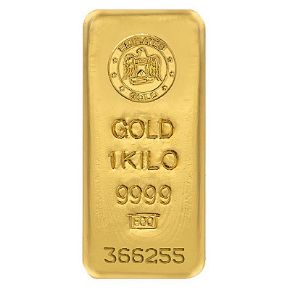
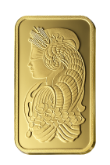
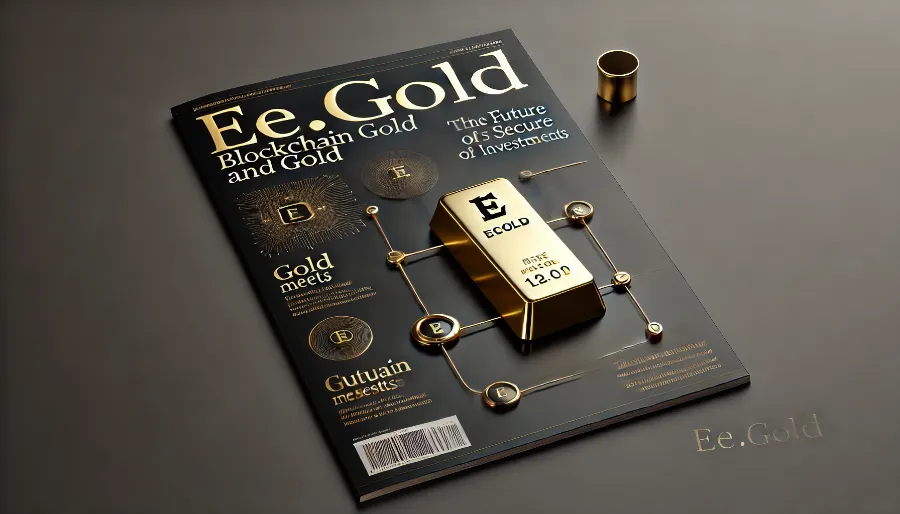
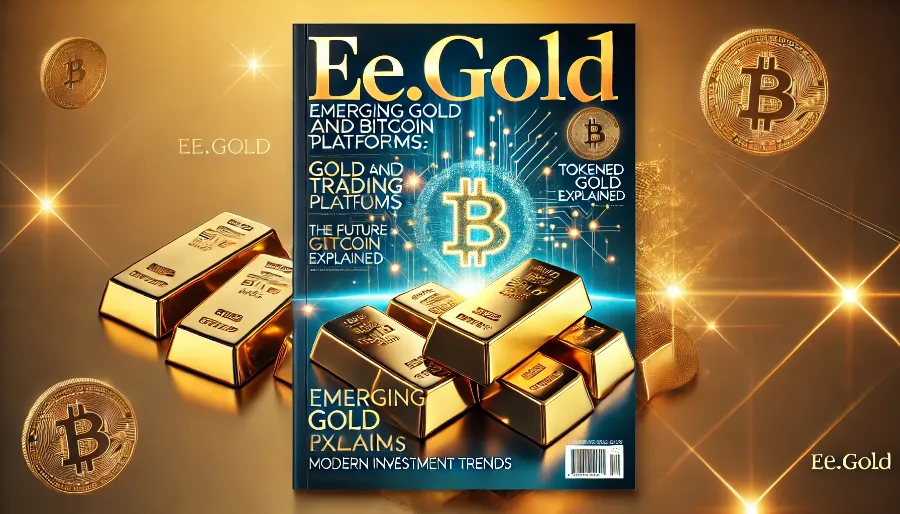



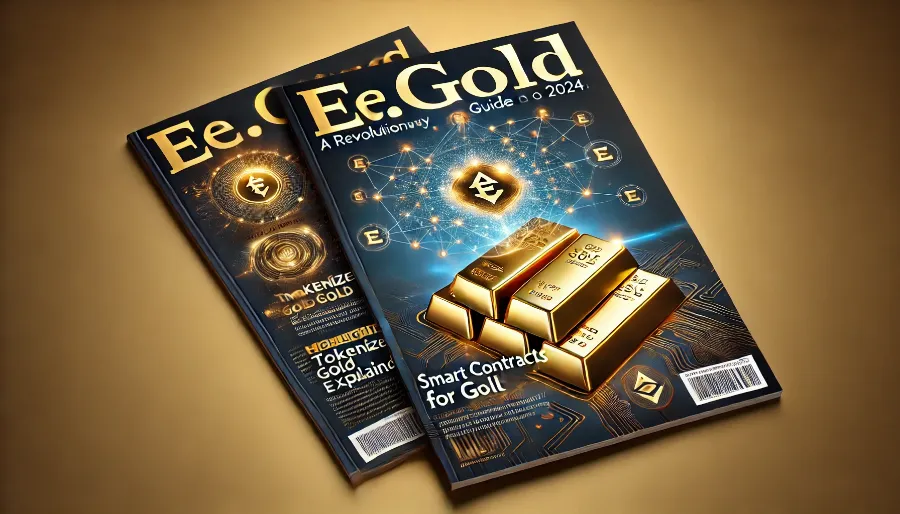
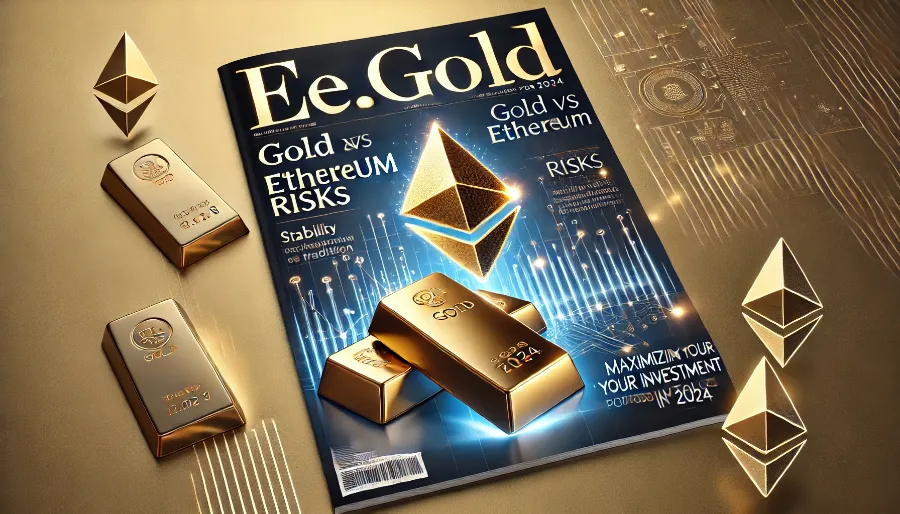




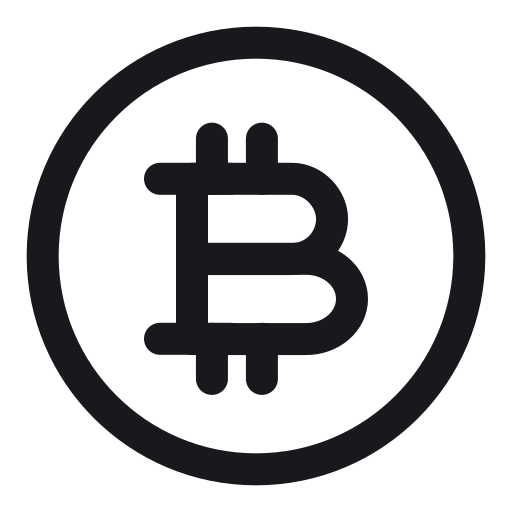
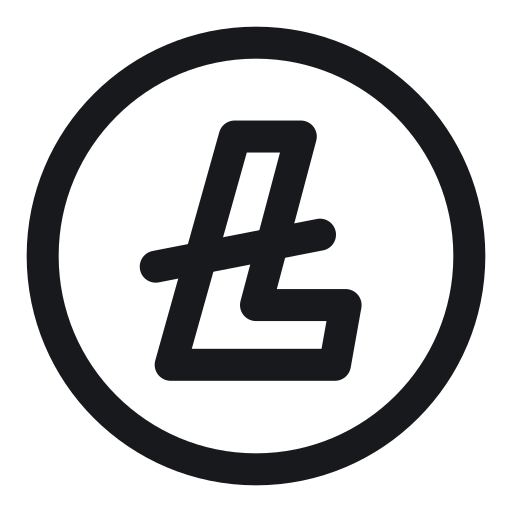
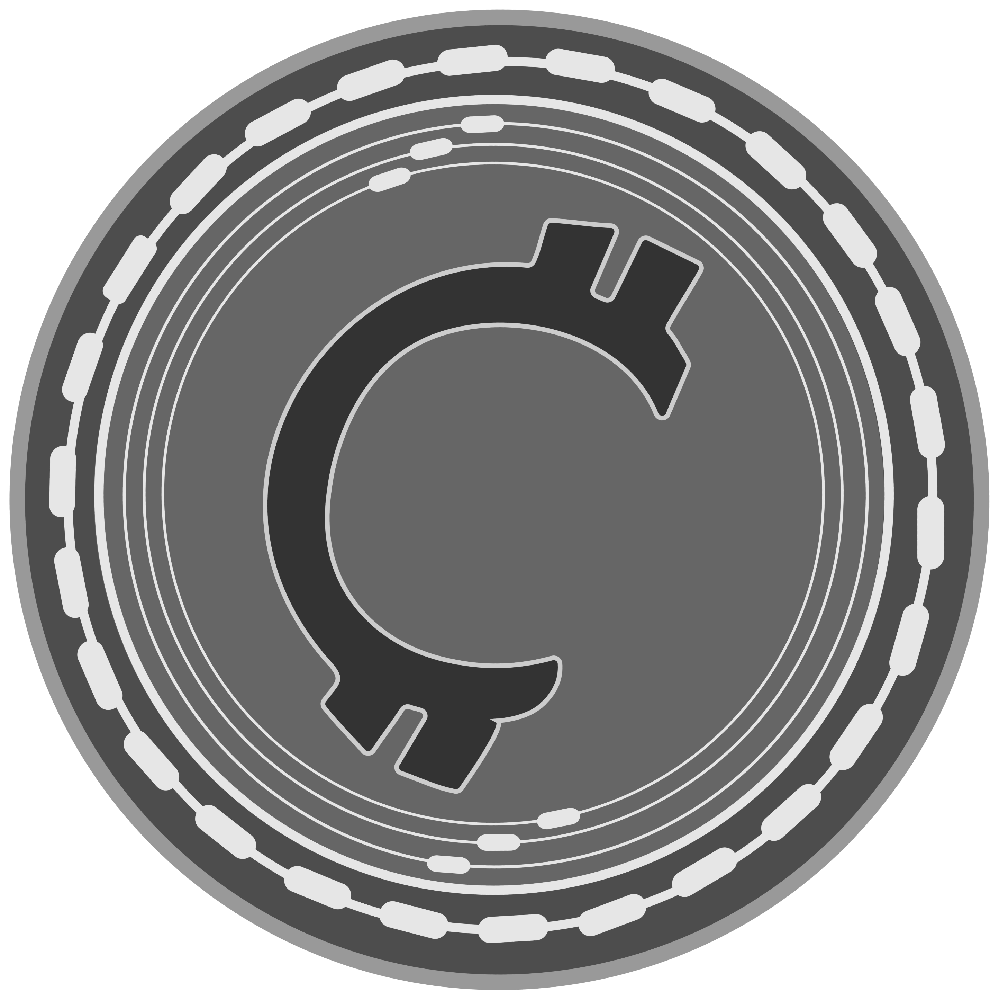
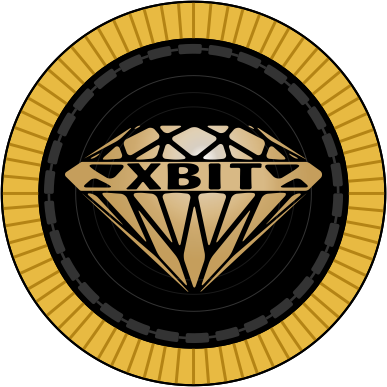
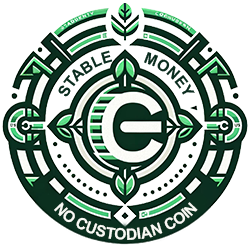

.png)

